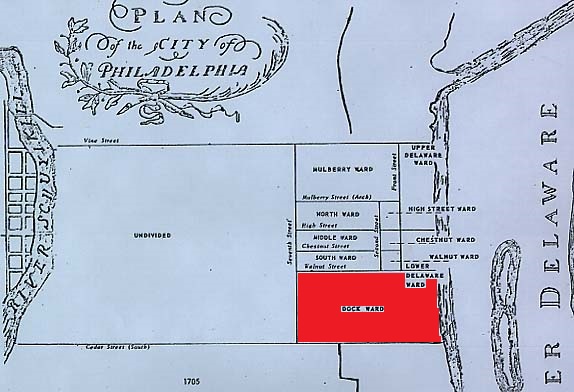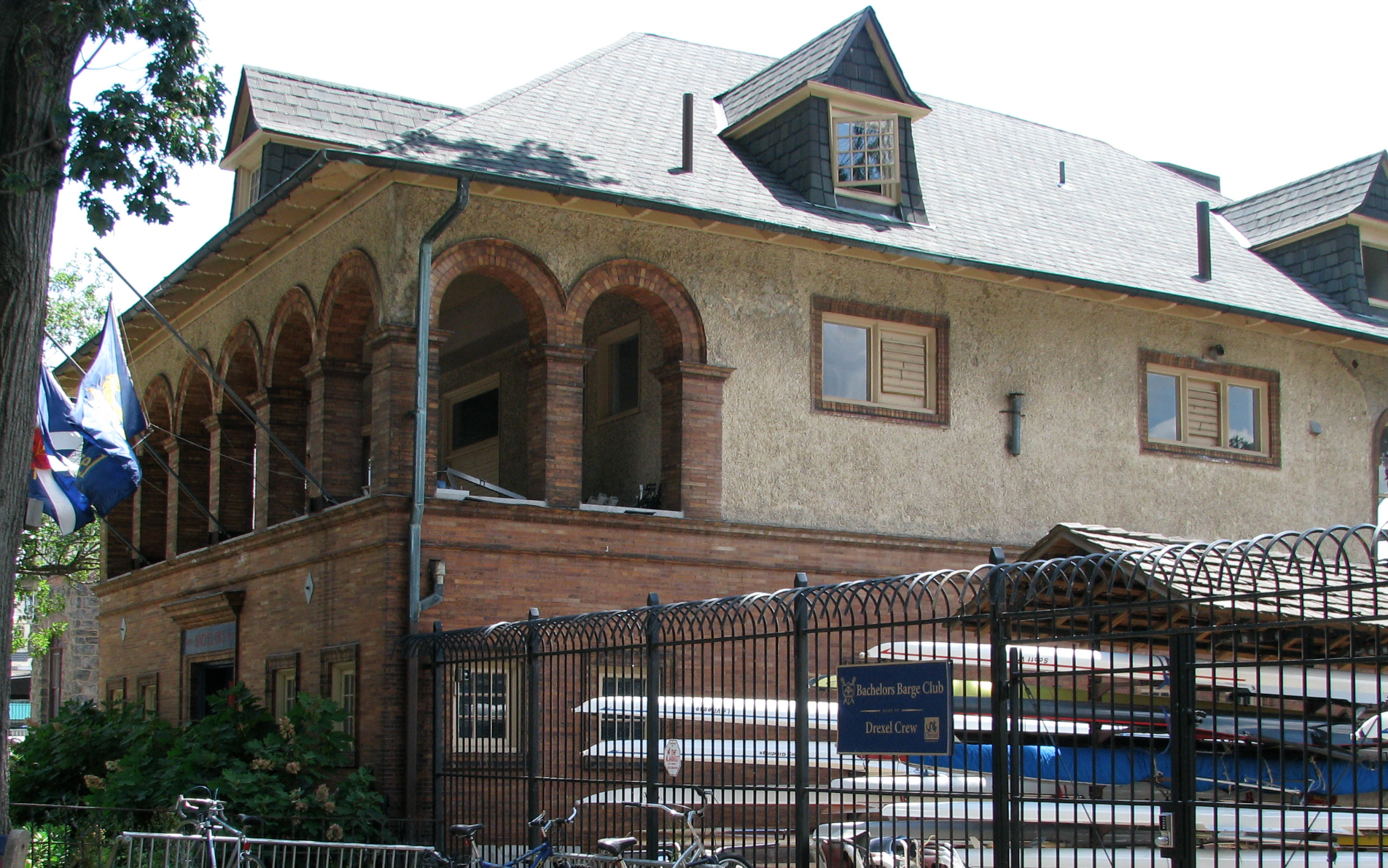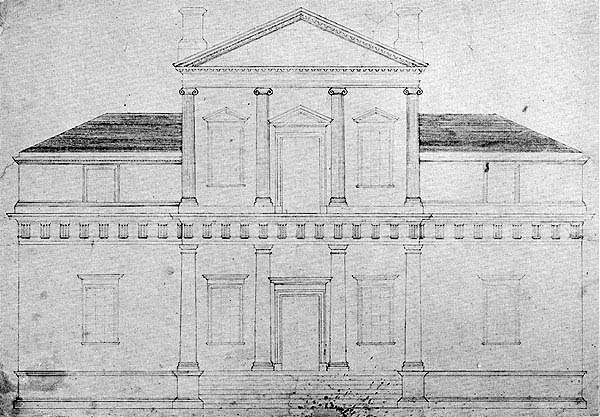|
U.S. Custom House (Philadelphia, Pennsylvania)
The United States Custom House is a historic United States federal government building in Philadelphia, Pennsylvania. Built between 1932 and 1934 to the Art Deco designs of the architectural firm of Ritter & Shay, the building occupies an entire block between Second, Chestnut The chestnuts are the deciduous trees and shrubs in the genus ''Castanea'', in the beech family Fagaceae. They are native to temperate regions of the Northern Hemisphere. The name also refers to the edible nuts they produce. The unrelat ..., and Sansom Streets and the former Exchange Place in the heart of the oldest section of the city. Its south and west sides border Independence National Historical Park. At 17 stories and tall, the massive building towers above other nearby historic buildings of the shipping, financial, and commercial quarter. The building currently houses federal offices for the U.S. FDA, Department of State, Department of Homeland Security, National Park Service and U ... [...More Info...] [...Related Items...] OR: [Wikipedia] [Google] [Baidu] |
Chestnut Street (Philadelphia)
Chestnut Street is a major historic street in Philadelphia, Pennsylvania. It was originally named Wynne Street because Thomas Wynne's home was there. William Penn renamed it Chestnut Street in 1684. It runs east–west from the Delaware River waterfront in downtown Philadelphia through Center City and West Philadelphia. The road crosses the Schuylkill River on the Chestnut Street Bridge. It serves as eastbound Pennsylvania Route 3 between 63rd and 33rd Streets. Stratton's Tavern was located on Chestnut Street near Sixth Street. When the citizens of Philadelphia were afraid that the British might attack the essentially unmanned Fort Mifflin, the secretary of the Young Men's Democratic Society called a meeting held at Stratton's Tavern at Chestnut and Sixth Streets on March 20, 1813. The young men agreed to volunteer their services to defend the fort. Points of interest From east to west: * United States Custom House * National Liberty Museum *Carpenters' Hall * First National ... [...More Info...] [...Related Items...] OR: [Wikipedia] [Google] [Baidu] |
Society Hill
Society Hill is a historic neighborhood in Center City Philadelphia, with a population of 6,215 . Settled in the early 1680s, Society Hill is one of the oldest residential neighborhoods in Philadelphia.The Center City District dates the Free Society of Traders to 1683. See Other sources show that the Society was established in 1681. See William Penn did not arrive until October 1682. See History of Philadelphia. After urban decay developed between the late 19th and early 20th centuries, an urban renewal program began in the 1950s, restoring the area and its many historic buildings. Society Hill has since become one of the most expensive neighborhoods with the highest average income and second-highest real estate values in Philadelphia. Society Hill's historic colonial architecture, along with planning and restoration efforts, led the American Planning Association to designate it, , as one of the great American neighborhoods and a good example of sustainable urban living. The n ... [...More Info...] [...Related Items...] OR: [Wikipedia] [Google] [Baidu] |
Old City, Philadelphia
Old City is a List of Philadelphia neighborhoods, neighborhood in Center City, Philadelphia, near the Delaware River waterfront. It is home Independence National Historical Park, a dense section of historic landmarks including Independence Hall, the Liberty Bell, the First Bank of the United States, the Second Bank of the United States, and Carpenters' Hall. It also includes historic streets such as Elfreth's Alley, dating back to 1703. Old City borders Northern Liberties, Philadelphia, Northern Liberties to the north, Penn's Landing to the east, Society Hill to the south, and Chinatown, Philadelphia, Chinatown and Market East, Philadelphia, Market East to the west. Boundaries The Old City special services district stretches from Front to Sixth Streets between Walnut and Vine. The ''Philadelphia Almanac and Citizens' Manual'' gives a larger set of boundaries to the Old City area, defined as the area within Spring Garden Street, 4th Street, the Delaware River, and Walnut Street. ... [...More Info...] [...Related Items...] OR: [Wikipedia] [Google] [Baidu] |
Philadelphia Register Of Historic Places
The Philadelphia Register of Historic Places (PRHP) is a register of historic places by the Philadelphia Historical Commission. Buildings, structures, sites, objects, interiors and districts can be added to the list. Criteria According to the Philadelphia Historical Commission, sites eligible for listing are those that possess any of the following: #Has significant character, interest or value as part of the development, heritage or cultural characteristics of the city, commonwealth or nation, or is associated with the life of a person significant in the past. #Associated with an event of importance to the history of the city, commonwealth or nation. #Reflects the environment in an era characterized by a distinctive architectural style. #Embodies distinguishing characteristics of an architectural style or engineering specimen. #Is the work of a designer, architect, landscape architect or designer, or engineer whose work has significantly influenced the historical, architectural, econ ... [...More Info...] [...Related Items...] OR: [Wikipedia] [Google] [Baidu] |
Custom Houses In The United States
Custom, customary, or consuetudinary may refer to: Traditions, laws, and religion * Convention (norm), a set of agreed, stipulated or generally accepted rules, norms, standards or criteria, often taking the form of a custom * Norm (social), a rule that is socially enforced * Customary law or consuetudinary, laws and regulations established by common practice * Customary (liturgy) or consuetudinary, a Christian liturgical book describing the adaptation of rites and rules for a particular context * Custom (Catholic canon law), an unwritten law established by repeated practice * Customary international law, an aspect of international law involving the principle of custom * Mores * Tradition * Minhag (pl. minhagim), Jewish customs * ʿUrf (Arabic: العرف), the customs of a given society or culture Import-export * Customs, a tariff on imported or exported goods * Custom house Modification * Modding * Bespoke, anything commissioned to a particular specification * Custom car * Cus ... [...More Info...] [...Related Items...] OR: [Wikipedia] [Google] [Baidu] |
Government Buildings Completed In 1934
A government is the system or group of people governing an organized community, generally a state. In the case of its broad associative definition, government normally consists of legislature, executive, and judiciary. Government is a means by which organizational policies are enforced, as well as a mechanism for determining policy. In many countries, the government has a kind of constitution, a statement of its governing principles and philosophy. While all types of organizations have governance, the term ''government'' is often used more specifically to refer to the approximately 200 independent national governments and subsidiary organizations. The major types of political systems in the modern era are democracies, monarchies, and authoritarian and totalitarian regimes. Historically prevalent forms of government include monarchy, aristocracy, timocracy, oligarchy, democracy, theocracy, and tyranny. These forms are not always mutually exclusive, and mixed governme ... [...More Info...] [...Related Items...] OR: [Wikipedia] [Google] [Baidu] |
Art Deco Architecture In Pennsylvania
Art is a diverse range of human activity, and resulting product, that involves creative or imaginative talent expressive of technical proficiency, beauty, emotional power, or conceptual ideas. There is no generally agreed definition of what constitutes art, and its interpretation has varied greatly throughout history and across cultures. In the Western tradition, the three classical branches of visual art are painting, sculpture, and architecture. Theatre, dance, and other performing arts, as well as literature, music, film and other media such as interactive media, are included in a broader definition of the arts. Until the 17th century, ''art'' referred to any skill or mastery and was not differentiated from crafts or sciences. In modern usage after the 17th century, where aesthetic considerations are paramount, the fine arts are separated and distinguished from acquired skills in general, such as the decorative or applied arts. The nature of art and related concepts, such ... [...More Info...] [...Related Items...] OR: [Wikipedia] [Google] [Baidu] |
Government Buildings On The National Register Of Historic Places In Philadelphia
A government is the system or group of people governing an organized community, generally a state. In the case of its broad associative definition, government normally consists of legislature, executive, and judiciary. Government is a means by which organizational policies are enforced, as well as a mechanism for determining policy. In many countries, the government has a kind of constitution, a statement of its governing principles and philosophy. While all types of organizations have governance, the term ''government'' is often used more specifically to refer to the approximately 200 independent national governments and subsidiary organizations. The major types of political systems in the modern era are democracies, monarchies, and authoritarian and totalitarian regimes. Historically prevalent forms of government include monarchy, aristocracy, timocracy, oligarchy, democracy, theocracy, and tyranny. These forms are not always mutually exclusive, and mixed governme ... [...More Info...] [...Related Items...] OR: [Wikipedia] [Google] [Baidu] |
General Services Administration
The General Services Administration (GSA) is an independent agency of the United States government established in 1949 to help manage and support the basic functioning of federal agencies. GSA supplies products and communications for U.S. government offices, provides transportation and office space to federal employees, and develops government-wide cost-minimizing policies and other management tasks. GSA employs about 12,000 federal workers. It has an annual operating budget of roughly $33 billion and oversees $66 billion of procurement annually. It contributes to the management of about $500 billion in U.S. federal property, divided chiefly among 8,700 owned and leased buildings and a 215,000 vehicle motor pool. Among the real estate assets it manages are the Ronald Reagan Building and International Trade Center in Washington, D.C., which is the largest U.S. federal building after the Pentagon. GSA's business lines include the Federal Acquisition Service (FAS) and t ... [...More Info...] [...Related Items...] OR: [Wikipedia] [Google] [Baidu] |
Fiske Kimball
Sidney Fiske Kimball (1888 – 1955) was an American architect, architectural historian and museum director. A pioneer in the field of historic preservation, architectural preservation in the United States, he played a leading part in the restoration of Monticello and Stratford Hall Plantation in Virginia. Over his nearly-30-year tenure as director of the Philadelphia Museum of Art, he moved the museum into its current building and greatly expanded its collections. Biography Kimball was born in Newton, Massachusetts on December 8, 1888. He was educated at Harvard University, where he took both his bachelor's and master's degrees in architecture. Kimball was awarded a Sheldon Fellowship for travel to Europe in 1911 and passed his assistantship in the library to his sister Theodora Kimball Hubbard during his absence. This opportunity propelled his sister's career as the first Landscape Architecture Librarian at Harvard University. He then taught at the University of Illinoi ... [...More Info...] [...Related Items...] OR: [Wikipedia] [Google] [Baidu] |
George Matthews Harding
George Matthews Harding (1882–1959) was an American painter, author-illustrator, and a muralist. He served as an official war artist during World War I and World War II. Life and career George Matthews Harding was born in Philadelphia. At first, he studied architecture at Boston Tech. His final choice of careers was influenced by his older sister Charlotte Harding, who had studied art at the Philadelphia School of Design for Women at the Pennsylvania Academy of the Fine Arts with Howard Pyle. Charlotte encouraged him to attend the Pennsylvania Academy of the Fine Arts. He attended the academy at night and worked as an architect during the day. Following an introduction by his sister, Harding, like some other future AEF artists, studied for a time with Howard Pyle.Alfred Emile Cornebise''Art from the Trenches: America's Uniformed Artists in World War I'' College Station: Texas A&M University Press, 1991. Harding's first illustrations appeared in the ''Saturday Evening Post ... [...More Info...] [...Related Items...] OR: [Wikipedia] [Google] [Baidu] |
Brandywine School
The Brandywine School was a style of illustration—as well as an artists colony in Wilmington, Delaware and in Chadds Ford, Pennsylvania, near the Brandywine River—both founded by artist Howard Pyle (1853–1911) at the end of the 19th century. The works produced there were widely published in adventure novels, magazines, and romances in the early 20th century. Pyle’s teachings would influence such notable illustrators as N.C. Wyeth, Maxfield Parrish, and Norman Rockwell. Pyle himself would come to be known as the "Father of American Illustration." Many works related to the Brandywine School may be seen at the Brandywine River Museum of Art, in Chadds Ford. History Pyle, one of the foremost illustrators in the United States at the time, began teaching art classes at Drexel University in 1895. However, he was dissatisfied with the confines of formal art education, and beginning in 1898, he began teaching students during the summers at the Turner Mill in Chadds Ford. The mill, ... [...More Info...] [...Related Items...] OR: [Wikipedia] [Google] [Baidu] |






.jpg)